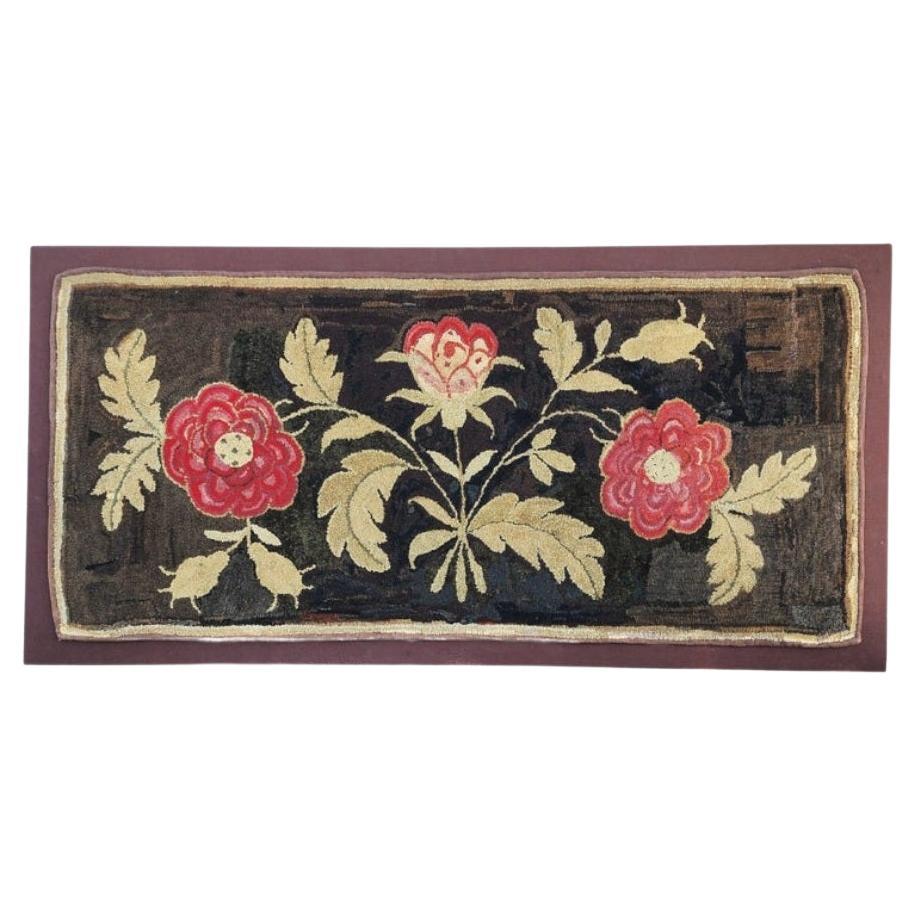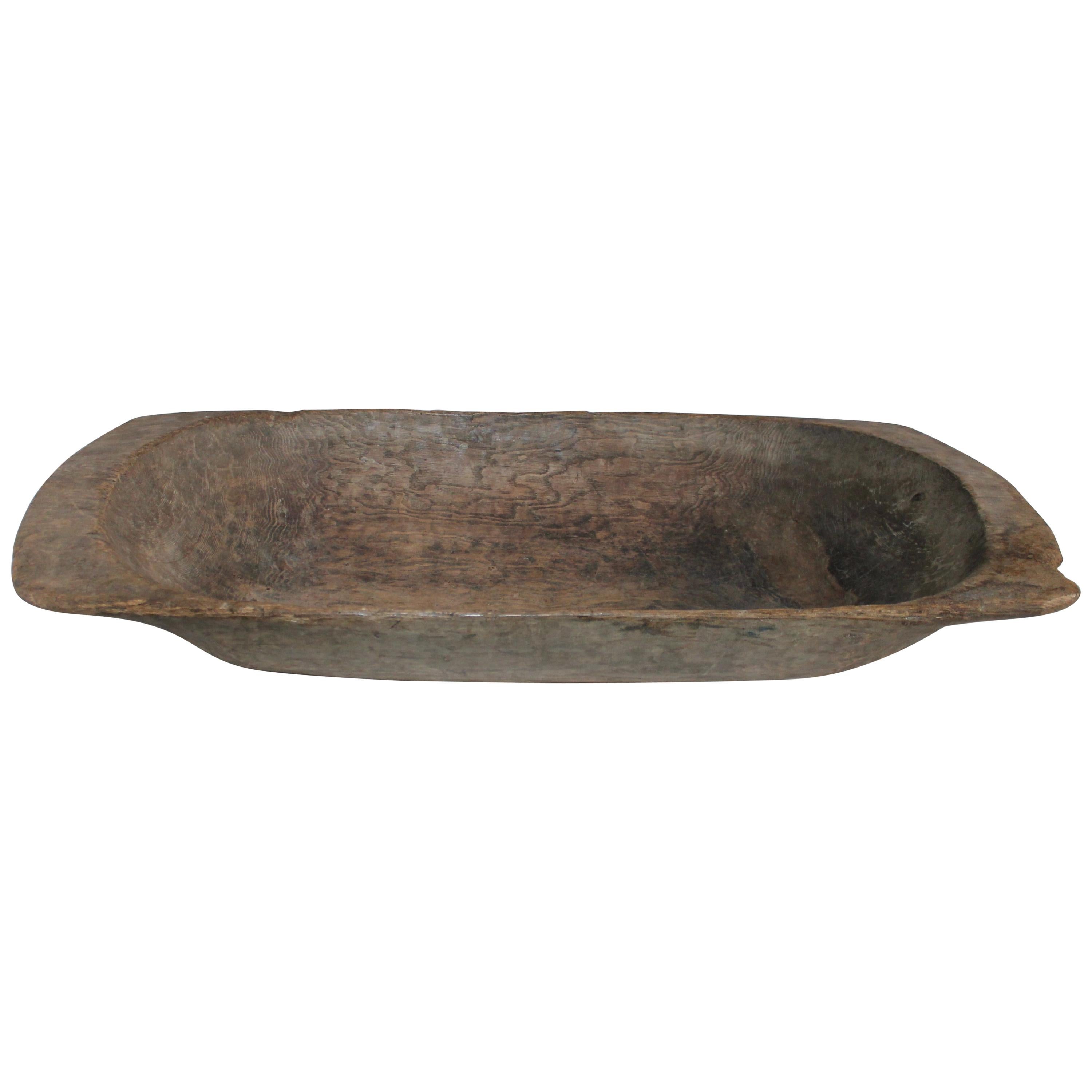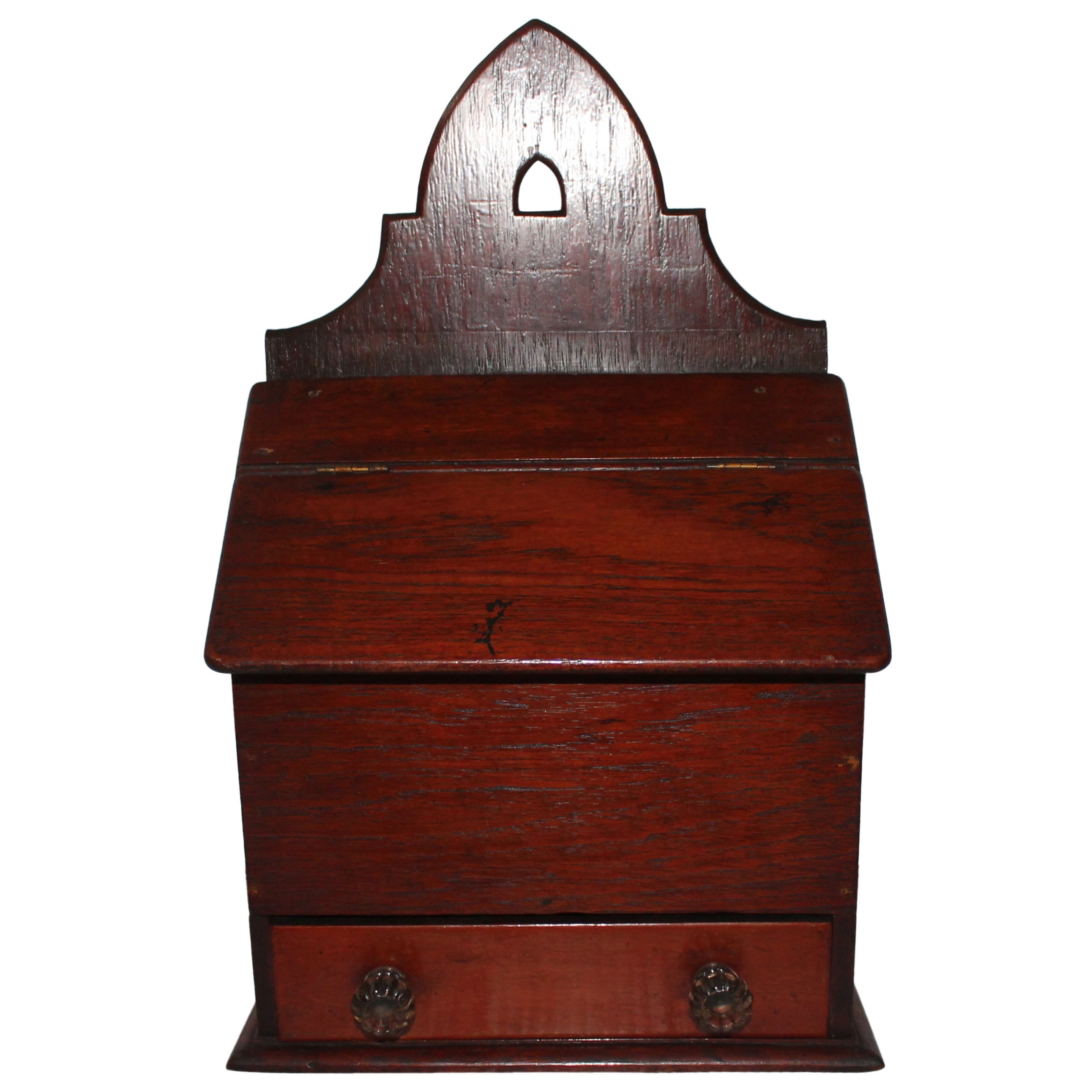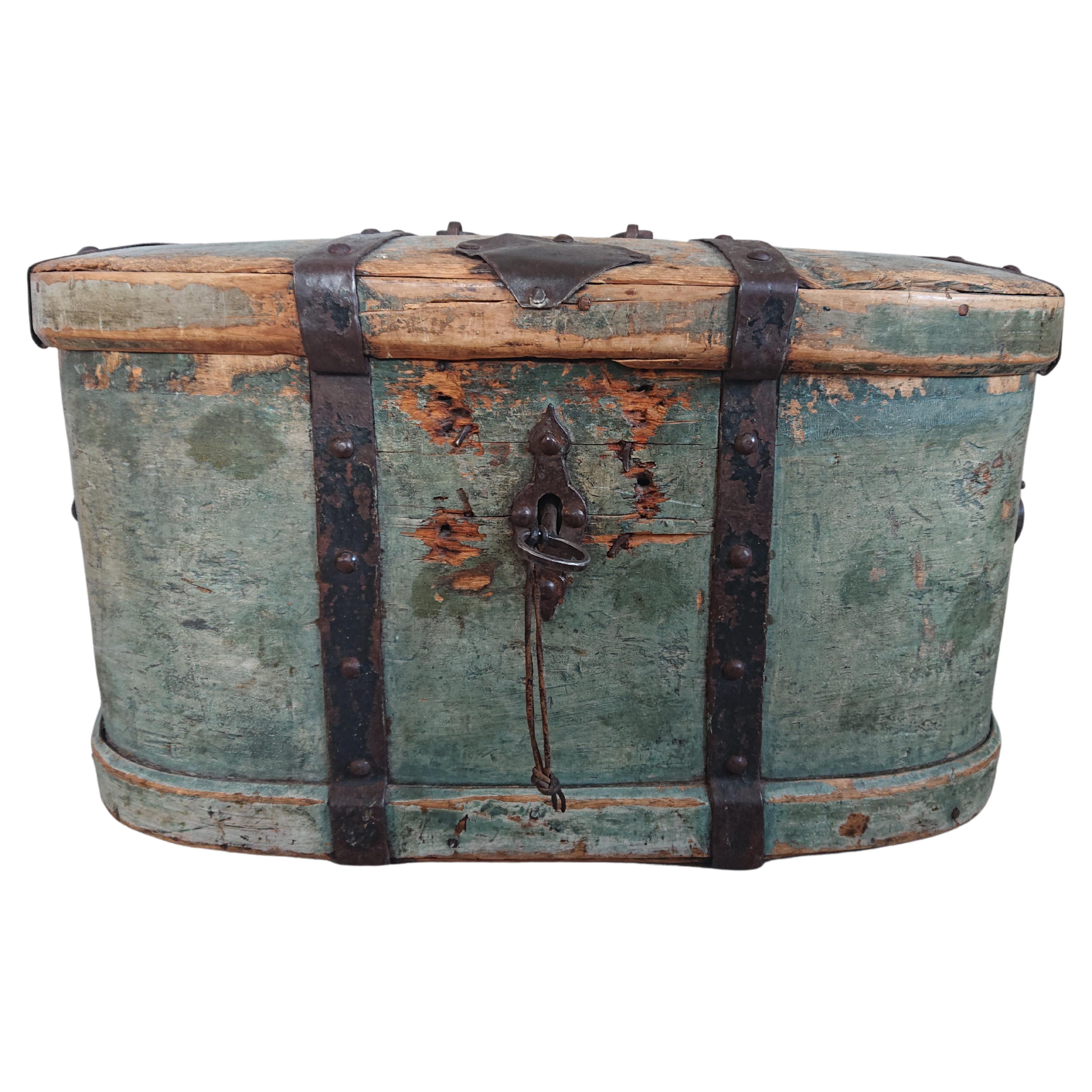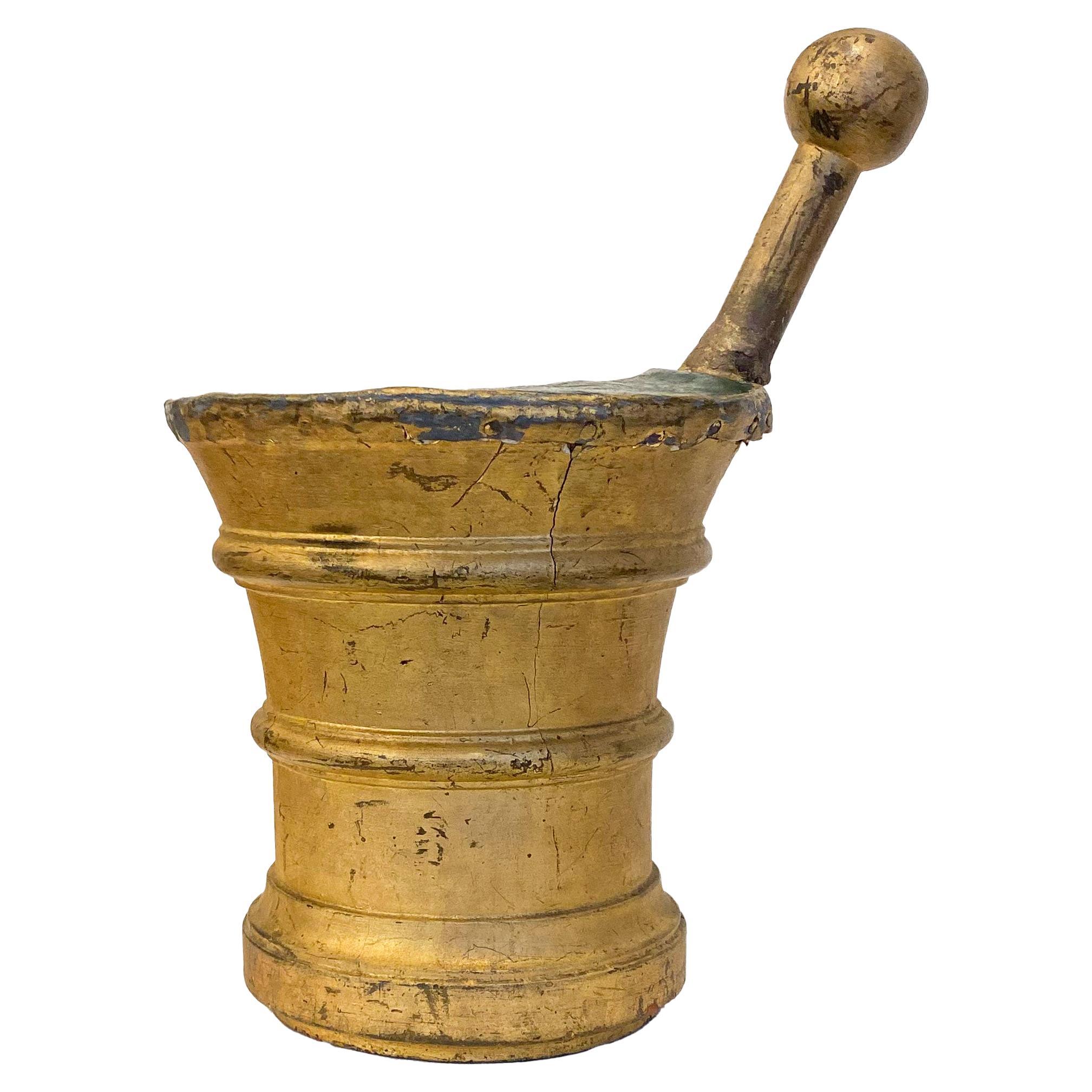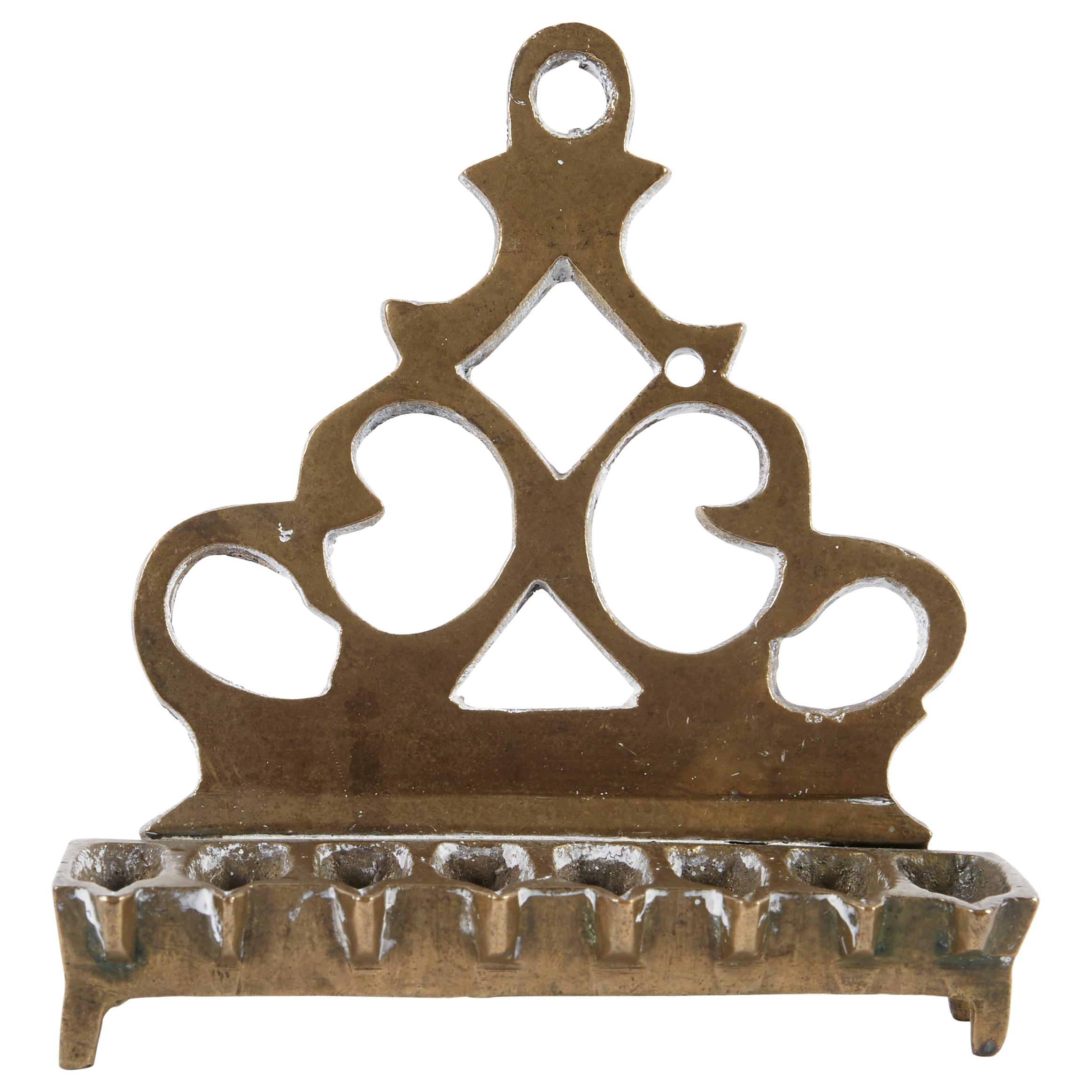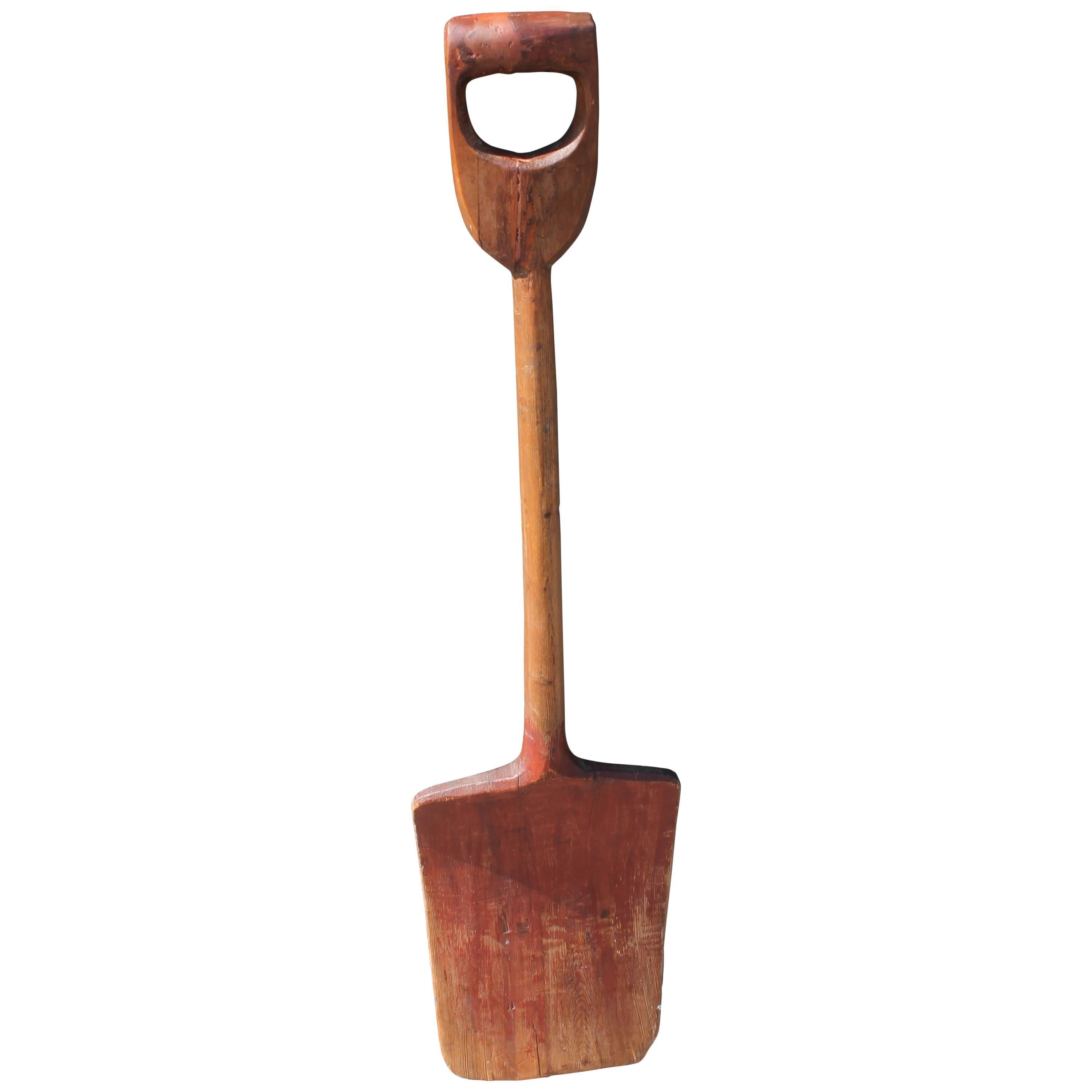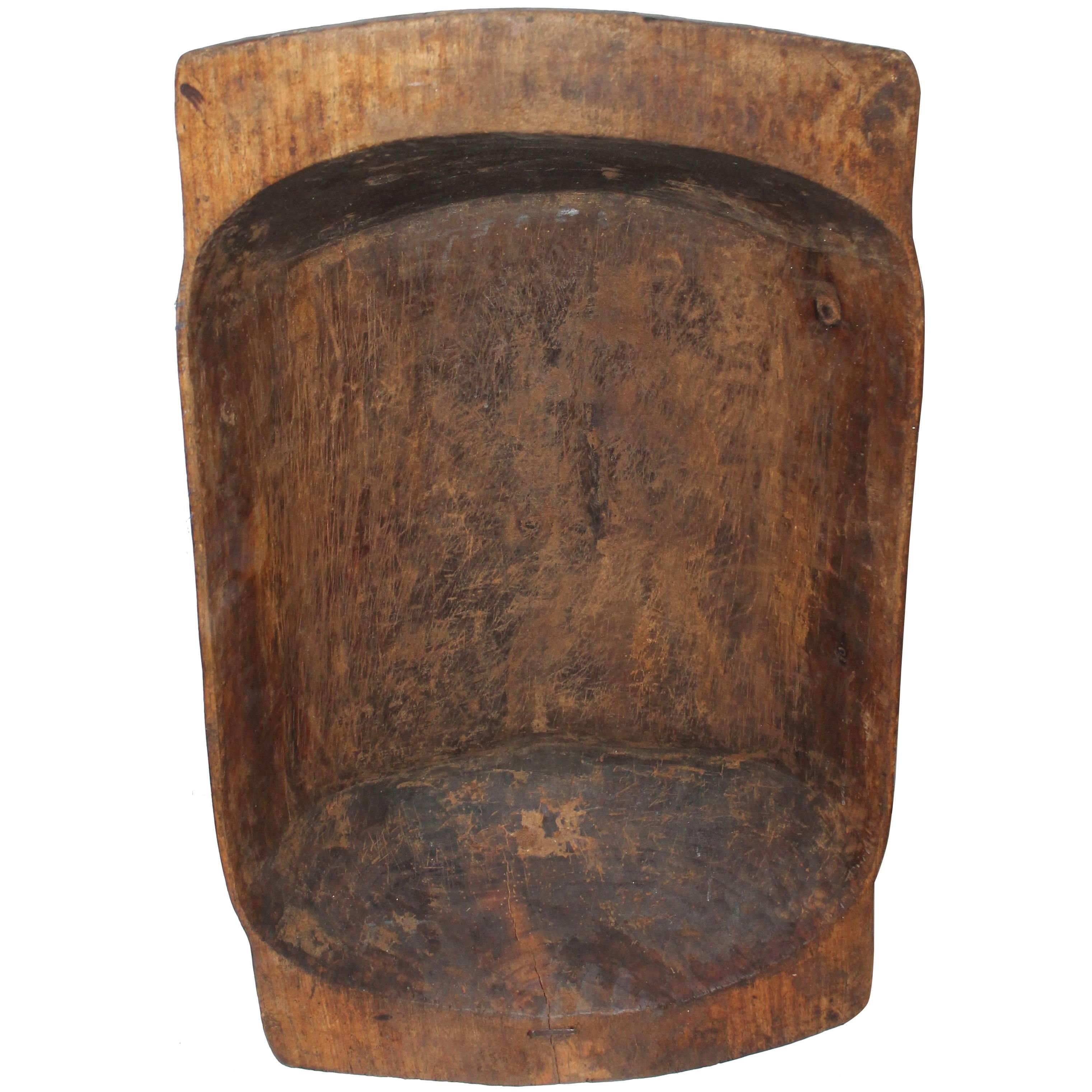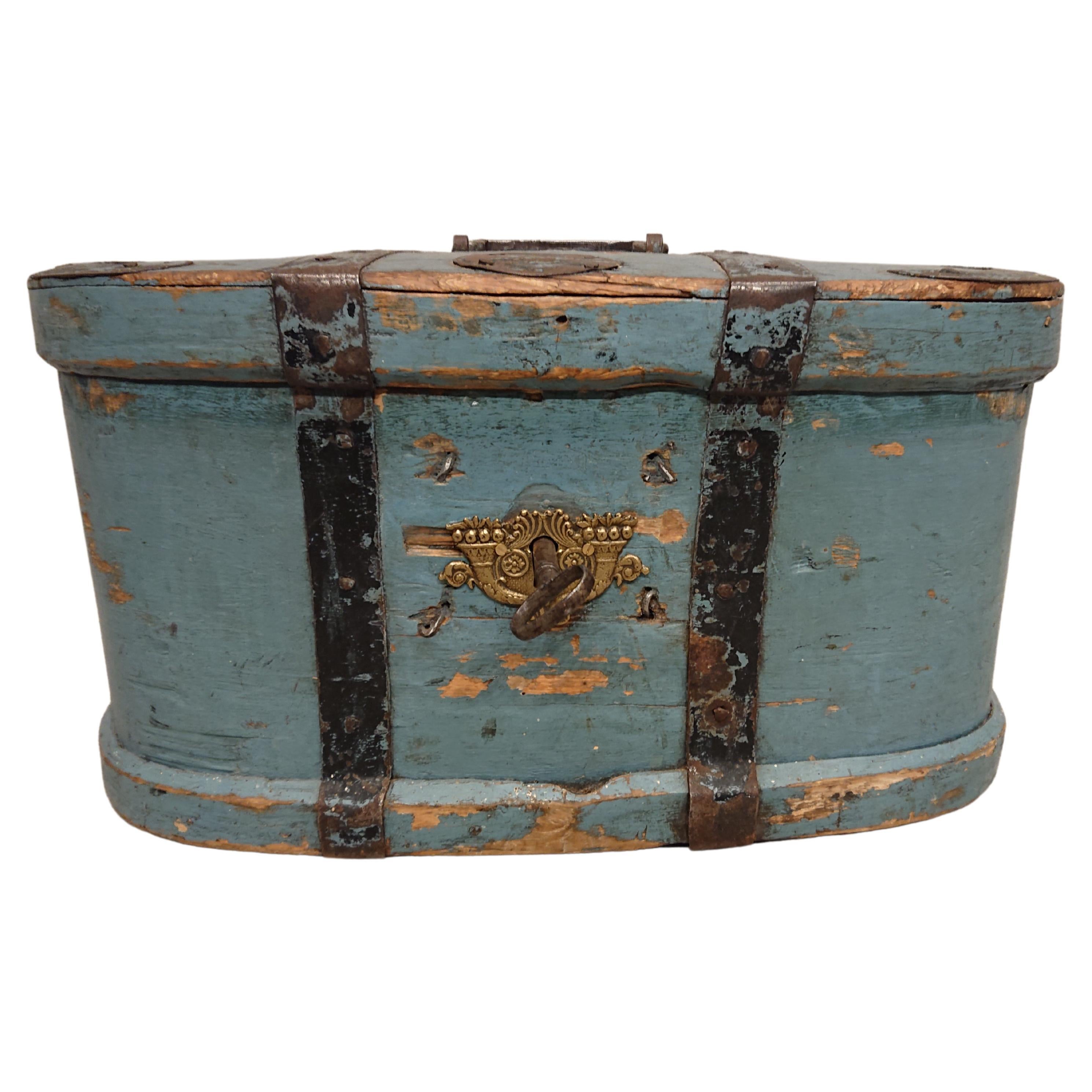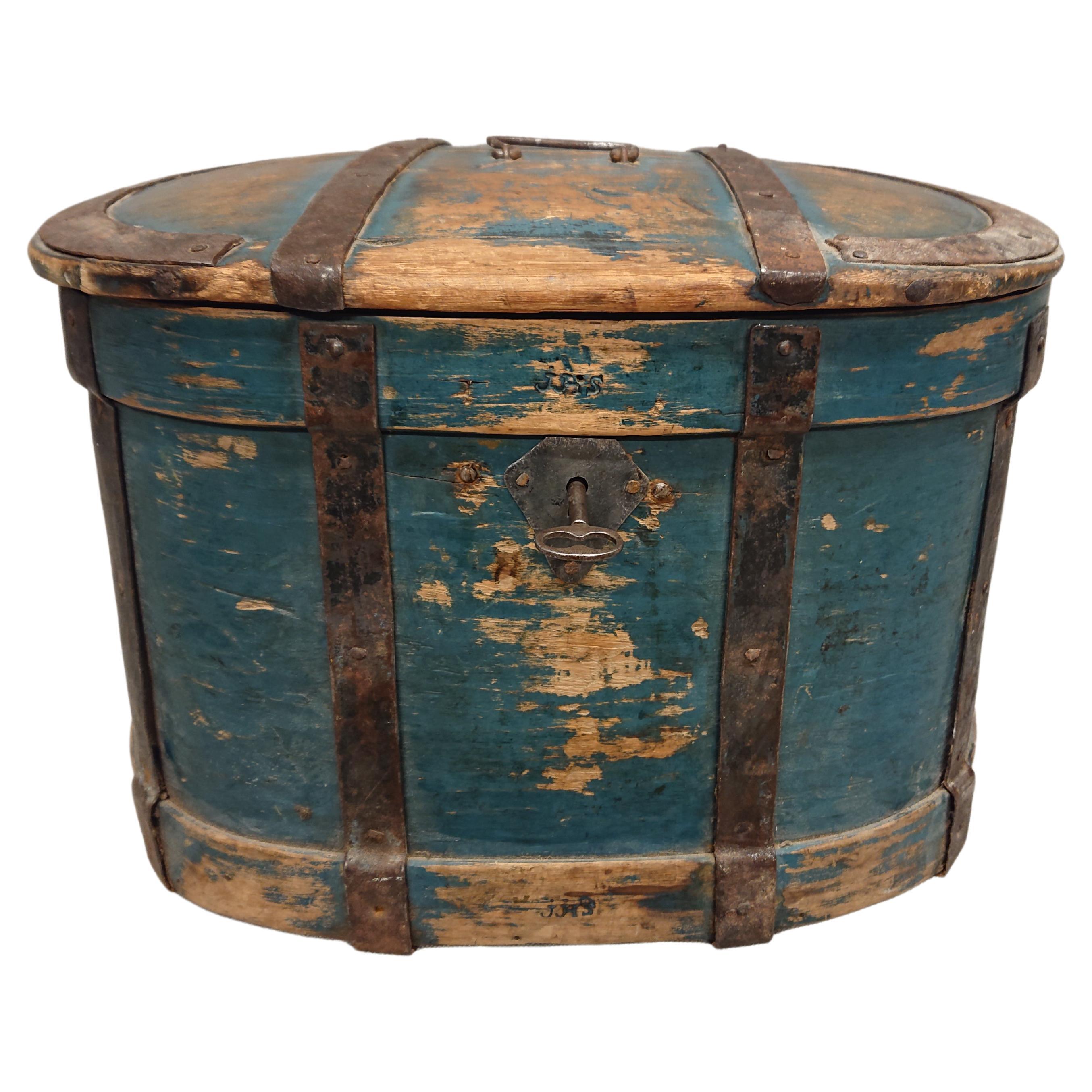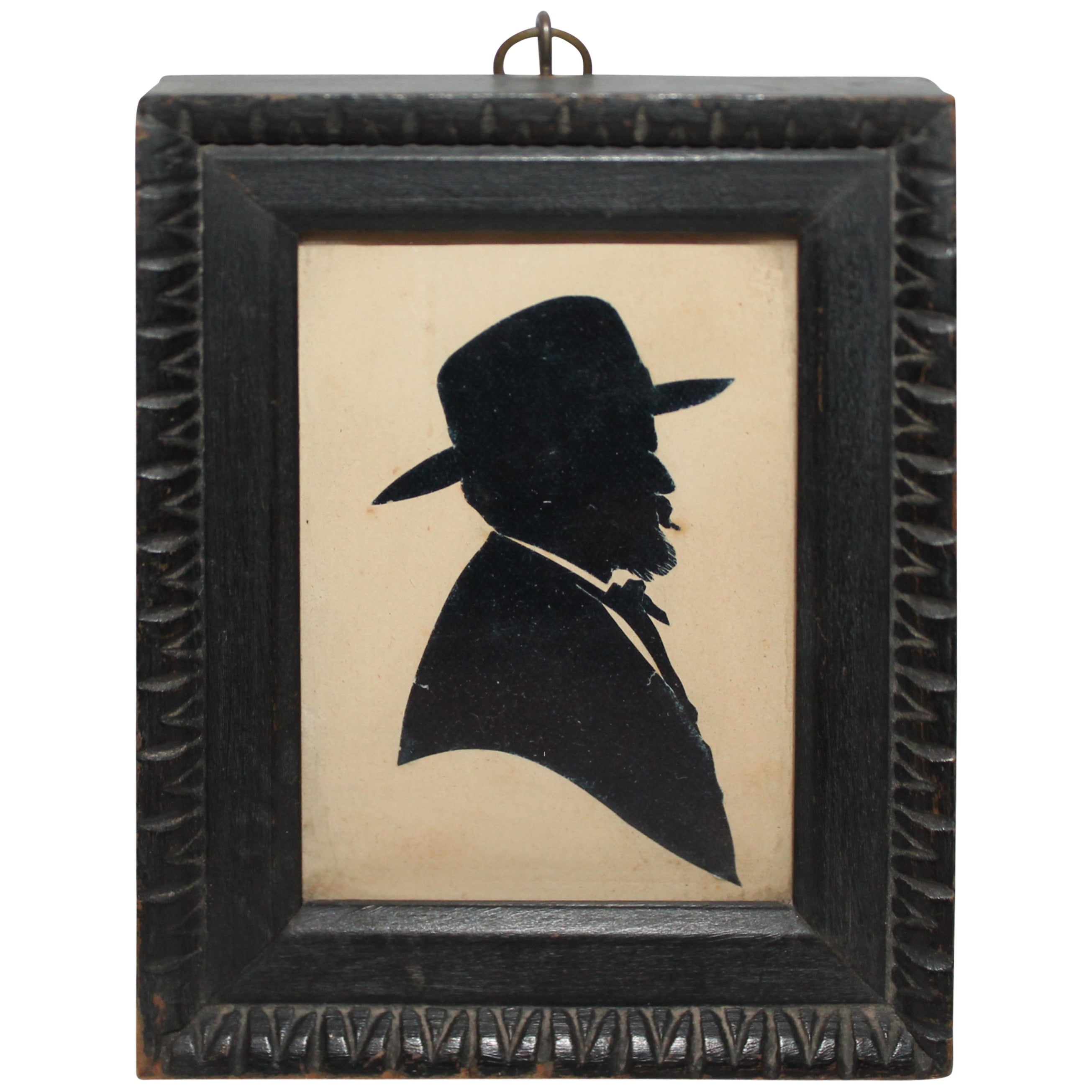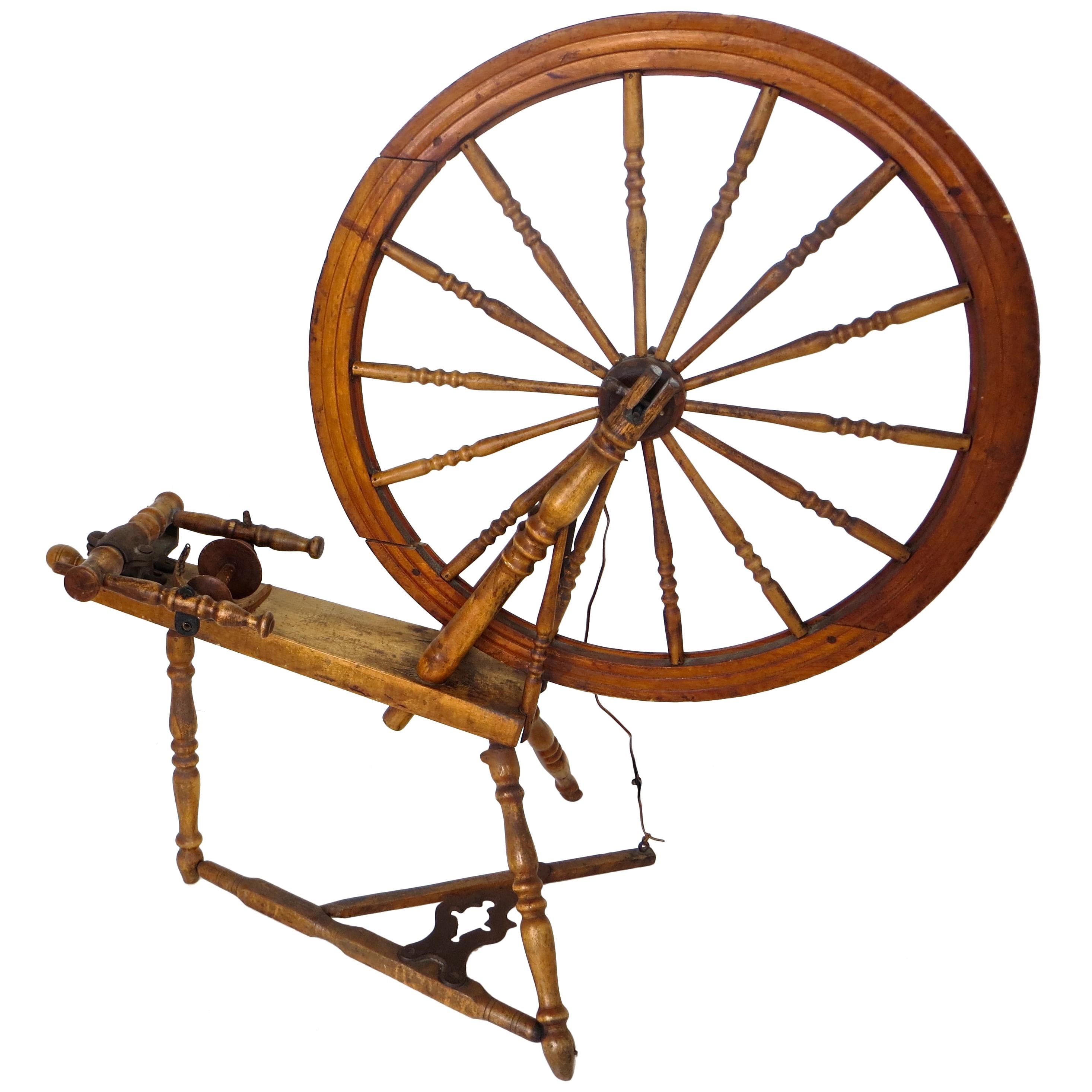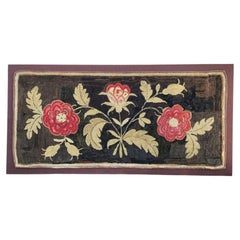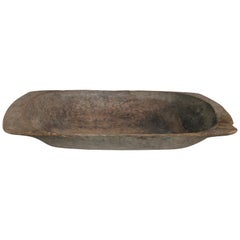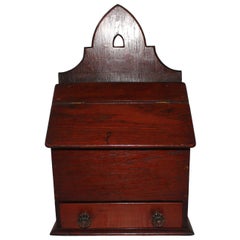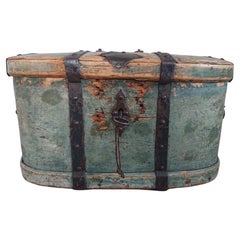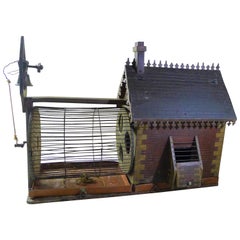
Beautiful Old Squirrel Cage, Early 19th Century
View Similar Items
1 of 6
Beautiful Old Squirrel Cage, Early 19th Century
$3,479.81List Price
About the Item
- Dimensions:Height: 21.66 in (55 cm)Width: 27.56 in (70 cm)Depth: 8.67 in (22 cm)
- Style:Folk Art (In the Style Of)
- Materials and Techniques:
- Place of Origin:
- Period:
- Date of Manufacture:19th Century
- Condition:
- Seller Location:Paris, FR
- Reference Number:1stDibs: LU1019412797522
Authenticity Guarantee
In the unlikely event there’s an issue with an item’s authenticity, contact us within 1 year for a full refund. DetailsMoney-Back Guarantee
If your item is not as described, is damaged in transit, or does not arrive, contact us within 7 days for a full refund. Details24-Hour Cancellation
You have a 24-hour grace period in which to reconsider your purchase, with no questions asked.Vetted Professional Sellers
Our world-class sellers must adhere to strict standards for service and quality, maintaining the integrity of our listings.Price-Match Guarantee
If you find that a seller listed the same item for a lower price elsewhere, we’ll match it.Trusted Global Delivery
Our best-in-class carrier network provides specialized shipping options worldwide, including custom delivery.You May Also Like
Hearth Rug Early 19th Century American Folk Art
Located in Hudson, NY
Folk art hand shirred and hooked rug in wonderful colors on a black mottled background. Wool on linen, American, New England circa 1830's. The colors of the flowers are perfectly bea...
Category
Antique Mid-19th Century American Folk Art Rugs
Materials
Wool, Linen
19th Century Early Hand Carved Dough Bowl
Located in Los Angeles, CA
This fine early hand carved dough bowl was found in the mid west and is in worn and aged condition. The dry patina is fantastic and condition is...
Category
Antique Mid-19th Century American Adirondack Decorative Bowls
Materials
Wood
$716 Sale Price
20% Off
Early 19th Century Wall Box from Pennsylvania
Located in Los Angeles, CA
This handmade wall box is made of walnut and is all hand-cut square nail and dovetailed construction. The drawer is dovetailed and retains the original handbl...
Category
Antique Late 19th Century American American Classical More Folk Art
Materials
Wood
$1,000 Sale Price
39% Off
Early 19th Century Swedish Folk Art Travel Box / Chest with Originalpaint
Located in Boden, SE
Early 19th century Swedish Folk Art travel box from Skelleftea Vasterbotten, Northern Sweden.
Beautiful untouched originalpaint.
Decorated with handwrought iron around the box and...
Category
Antique Early 19th Century Swedish Folk Art More Folk Art
Materials
Pine
19th Century, Apothecary Trade Sign
Located in Nantucket, MA
Figural trade sign in the form of a mortar and pestle, both the mortar and pestle are hand turned and gilded, with strong ring turnings. The top is capped with zinc and still bears i...
Category
Antique Late 19th Century North American Folk Art Signs
Materials
Zinc
Early 19th Century Polish Brass Hanukkah Lamp Menorah
Located in New York, NY
Brass Hanukkah lamp Menorah, Poland, circa 1810.
Cast in Bench form, on four feet. The backplate is cast and pierced featuring scrollwork.
This lamp was made by the technique known as "sand casting". This process begins with a wooden mold that was carved out to create negative space, which in turn is used to make the inverse form or shape to be used for the casting of metal. The mold is pressed into fine sand mixed with clay, then removed, and molten brass poured into the impression. When a mold wears out, a casting from that mold is often used as the mold for the next generation. Those later lamps...
Category
Antique Early 19th Century Polish Religious Items
Materials
Brass
$2,320 Sale Price
20% Off
Recently Viewed
View AllMore Ways To Browse
German Nutcracker
Vintage German Erzgebirge
Vintage Wooden Nutcrackers
Vintage Erzgebirge Christmas
Wood Tankards
Antique Shaker Bucket
Butter Mold
Folk Art Spool Furniture
Mexican Batea
Dog Nut Cracker
Egyptian Bedouin
Antique Sheep Bells
Renee Harcombe
Rochester Folk Art Guild
Antique Lard Buckets
Antique Railroad Scale
Antique Reindeer Bells
Bird Finials Bed
